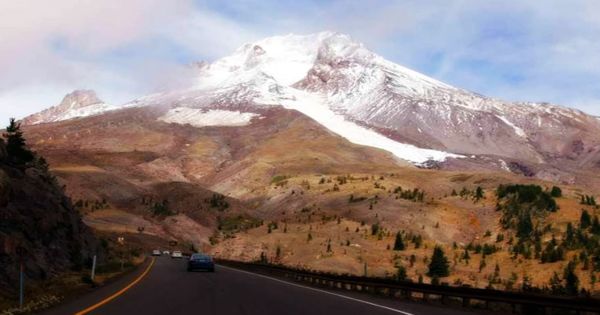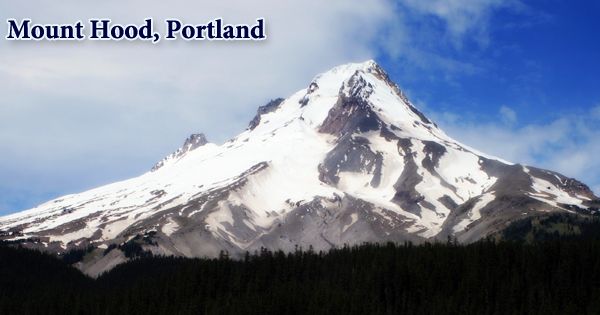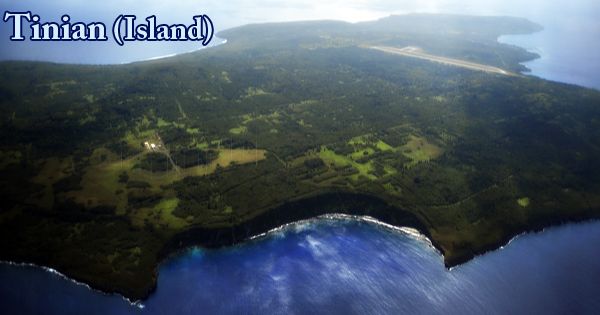Mount Hood is a potentially active stratovolcano in the Cascade Volcanic Arc, and it is one of the most climbed glaciated peaks in North America, located about 50 miles east of Portland, Oregon. It is located in the Pacific Northwest of the United States and was created by a subduction zone on the Pacific coast. It’s a dormant volcano that last erupted in 1865, with minor steam and ash (tephra) emissions in 1903; debris flows, glacial floods, and earthquakes are common. It is not only Oregon’s highest mountain, but it is also one of the nation’s loftiest mountains due to its prominence, and it is home to North America’s only year-round lift-served skiing.
Mount Hood receives an average of 55 inches (138 cm) of snow each year and has summer highs of around 80 degrees Fahrenheit (27o Celsius) and winter lows of around 30 degrees Fahrenheit (-1o Celsius). Mount Hood’s snow-capped peak has had various heights assigned to it throughout its history. Three different heights have been suggested by modern sources: 11,249 feet (3,429 meters), a 1991 adjustment of a 1986 measurement by the United States National Geodetic Survey (NGS), 11,240 feet (3,426 meters), based on a 1993 scientific expedition, and 11,239 feet (3,425.6 meters), which is slightly older. It last erupted in 1907, and although there are still active fumaroles, it is now considered dormant. It is much more popular among less experienced climbers due to its low altitude, easy approach, and short hiking/climbing distance.

Mount Hood is the Oregon volcano most likely to erupt, though an explosive eruption is unlikely given its history. The snowcapped peak, first sighted in 1792 by English navigator William Broughton and named after British admiral Lord Hood, was used as a landmark by early settlers. The Mount Hood National Forest contains 1,067,043 acres (1,667 sq mi; 4,318 km2) of land, including four designated wilderness areas totaling 314,078 acres (491 sq mi; 1,271 km2) and over 1,200 miles (1,900 km) of hiking trails. Lolo Pass is the mountain’s most northwestern access point. While traveling between the Willamette Valley and Celilo Falls, Native Americans passed through the pass.
Mount Hood has a long history of eruptions; early major eruptions are unknown, but evidence of four major eruptions in the last 15,000 years has been discovered, including three in the last 1,800 years. The most recent major eruption occurred near the end of the 18th century, just before Lewis and Clark arrived. The eruption produced a lava dome, which resulted in numerous lahars and rockfalls on the mountain’s south slope. Since 1950, Mount Hood has experienced several earthquake swarms per year, the most recent of which occurred in July 1980 and June 2002. The USGS Cascades Volcano Observatory in Vancouver, Washington, monitors seismic activity and provides weekly updates (and daily updates if significant eruptive activity is occurring at a Cascades volcano).
A lava dome forms, and rocks cascade down the sides, forming a massive talus slope. The rock is found in the crater of Mount St. Helens, resulting in a conical peak. The rock slid down the mountain in the open, on the south side of Mt. Hood, forming a vast apron that stretches well past Timberline Lodge. Mount Hood is the highest point in Oregon and a notable landmark visible from up to 100 miles (160 kilometers) away. It’s easy to get to and offers only a few technical climbing challenges. Every year, about 10,000 people try to climb Mount Hood.
Climbers observed a cloud of steam near Crater Rock in 1907, which was the last minor eruption of Mt. Hood. From fumaroles near Crater Rock, the mountain continues to emit sulfur dioxide and carbon dioxide. On rare occasions, when the weather is just right, a plume of condensation from the area can be seen from Portland. There are six main approaches to the mountain, with about 30 different summit options. Technical ice axes, fall protection, and experience are now recommended in order to attempt the left chute variation or Pearly Gates ice chute. Due to the changes in conditions, the Forest Service is recommending several other routes.
After Mt. Fuji, Mt. Hood is said to be the world’s second most climbed mountain. Fans of Mt. Monadnock in New Hampshire make a similar assertion. Both assertions are true, with the exception of the definition of “mountain.” More climbers visit Mt. Monadnock each year, with upwards of 125,000. Western snobs, on the other hand, regard the 3,165-foot eastern peak as a mere hill, not worthy of the title of “mountain.” In any case, Mt. Hood is the world’s second-most-climbed mountain over 10,000 feet.
Information Sources:
















